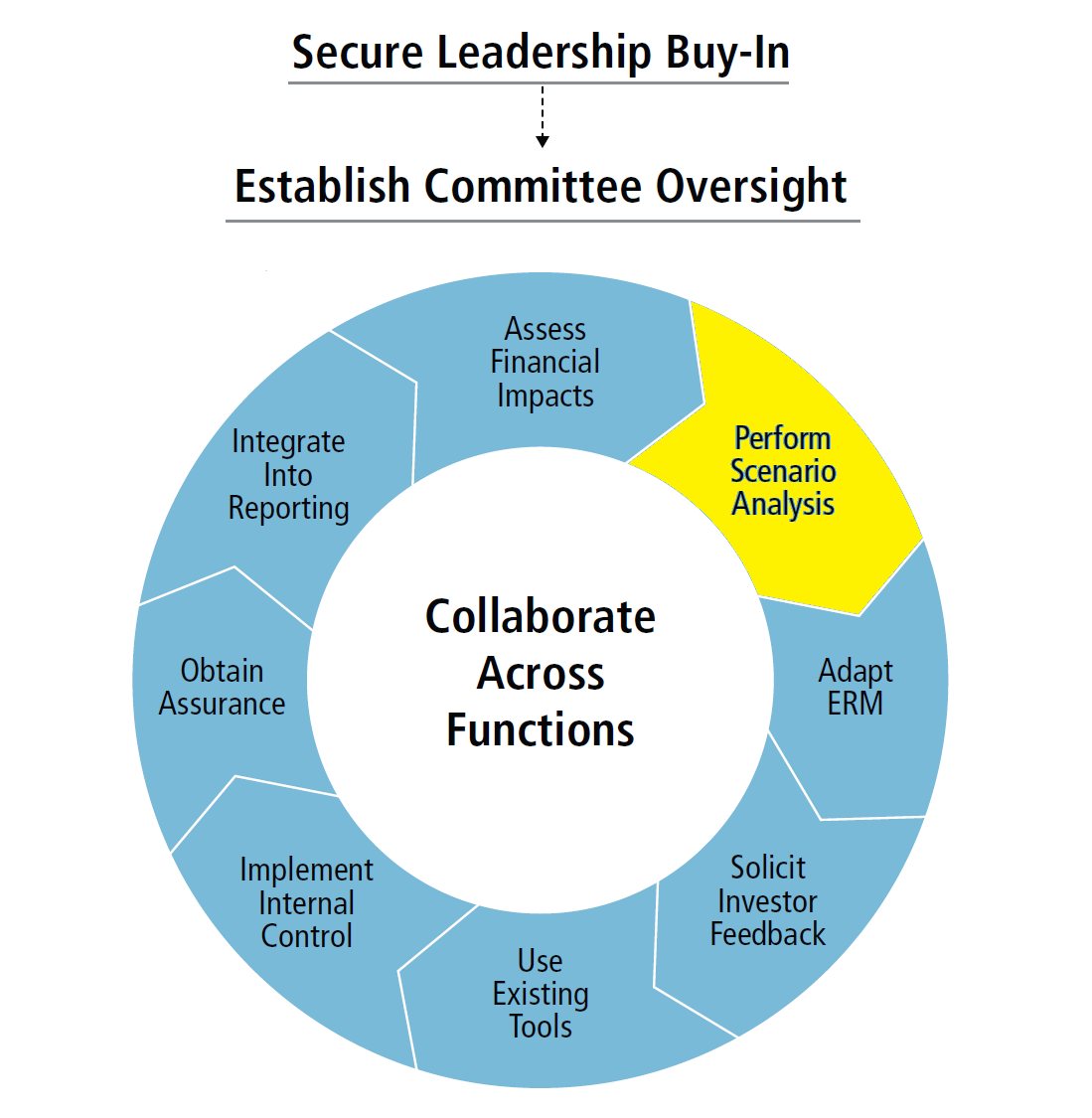GHG Proctol Carbon Emissions Accounting
By utilizing GHG Protocol emissions accounting services, organizations can gain valuable insights into their environmental footprint, improve their sustainability performance, and contribute to a more sustainable future.
Risk Management
Climate Risk Assessment: Accurate emissions data helps identify climate-related risks and opportunities, enabling organizations to develop effective mitigation strategies.
Regulatory Compliance: Adhering to the GHG Protocol can help ensure compliance with evolving climate regulations and standards.
Strategic Decision-Making
Informed Decisions: GHG emissions data can inform strategic decisions, such as product development, supply chain management, and investment in low-carbon technologies.
Competitive Advantage: Organizations that can demonstrate their commitment to reducing emissions may gain a competitive edge in the marketplace.
Carbon Reduction Opportunities
Identification of Hotspots: Emissions accounting can help identify areas where emissions are most significant, allowing for targeted reduction efforts.
Mitigation Strategies: By understanding emissions sources, organizations can develop effective mitigation strategies to reduce their environmental impact.
GenAI Advice Use the power of GenAI in SAP Analytics Cloud
The Just Ask feature in SAP Analytics Cloud (SAC) is a powerful natural language query capability that allows users to ask questions about their data in plain English or their native language. It's designed to make data exploration and analysis more accessible and efficient.
Natural Language Understanding: The feature understands and processes natural language queries, making it easy for users to ask questions without needing to learn complex syntax or scripting.
Data Exploration: Users can explore their data by asking questions like "What were our total sales in the last quarter?" or "Show me the top 5 products by revenue."
Data Analysis: Just Ask can perform more complex data analysis tasks, such as calculating averages, finding correlations, and identifying trends.
Visualization: The results of queries are automatically visualized in appropriate charts and graphs, making it easy to understand and interpret the data.
Rules in Just Ask are the application of specific business logic to a model when defined conditions are met. A rule must contain two parts:
When will the rule be activated or what is the evaluation condition.
How will query be impacted if the rule is activated.
Data Warehousing Data, Analytics & Governance
A data warehouse managed and maintained by Golytics Services takes care of your data ingestion, performance and quality. We specialise in SAP BW and are looking to expand your footprint to Datasphere.
Working together with your networking team we can setup connections and data ingestion to enrich your data warehouse according to established architecture principles.
Often SAP lives in a large ecosystem of technologies and combined we have many years of experience in:
ETL Talend, Data Services, Syniti ADM, DBT, SQL/Stored Procedures
Cloud Serverless code, WebAPIs, Data Ingestion, XML, JSON, CLI
Governance Alation, MS Data Catalogue, Master Data, Information Steward
GenAI Capabilities are constantly evolving, may it be in MS Copilot, SAP Joule, Snowflake, Databricks - we are here to help you make a choice and build a roadmap.
Update September 2023 Golytics services now also supports the NZ Climate Standards (1, 2 & 3) for CREs released by the External Reporting Board (XRB)
TCFD & Scenario Analysis
Our planet needs our guardianship - Golytics are here to help you with your TCFD reporting requirements. We specialise in ESG reporting and Scenario Analysis of 1.5, 2 or even 3 degree temperature increases and identify the most material risks and opportunities to your business. We follow the TCFD process, supporting you with all the data capture tasks and interpreting them, possibly highlighting impacts and risks which you may not have considered in the past. Perform Scenario Analysis - Assess your business against at least two scenarios.
Definition: "Scenario Analysis is a process for identifying and assessing a potential range of outcomes of future events under conditions of uncertainty."
Why? These scenarios enable businesses to explore how climate change may affect them. Businesses should use a selection of scenarios that cover a reasonable range of future outcomes to help inform their strategic and financial planning processes.
How? Golytics is not re-inventing the wheel, instead leverages a growing repository of climate-specific guidance developed for Scenario Analysis
Some ESG disclosures have significant shortcomings, including:
Perform Scenario Analysis - Assess your business against at least two scenarios.
Definition: "Scenario Analysis is a process for identifying and assessing a potential range of outcomes of future events under conditions of uncertainty."
Why? These scenarios enable businesses to explore how climate change may affect them. Businesses should use a selection of scenarios that cover a reasonable range of future outcomes to help inform their strategic and financial planning processes.
How? Golytics is not re-inventing the wheel, instead leverages a growing repository of climate-specific guidance developed for Scenario Analysis
Some ESG disclosures have significant shortcomings, including:
- Lack of clarity & information on key scenario drivers, assumptions and pathways.
- Lack of quantitative information, particularly around financial implications.
- Lack of context, including a lack of information needed to interpret quantitative analysis.
- Incomplete and missing information about the potential impacts specific to the company, and what changes the company may be considering to implement.